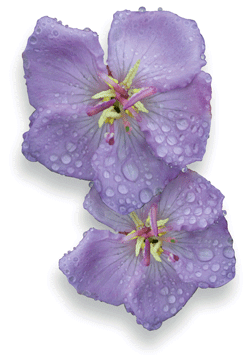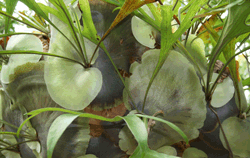|
|||||||||||||||
 
My first encounter with the rainforest was as a student near Dorrigo. I don’t remember much about the plants or the leeches, except that Prof Beadle got quite annoyed when he couldn’t find some of the ecology class who were supposed to be doing some exercises. Instead, we were testing the hypothesis that the lianes were strong enough for Tarzan to swing on – they were! We also played party games, rainforest style, around the campfire at the end of the evening after the serious work had been completed. It was a fun introduction to the rainforest. My next serious rainforest encounter was at Paluma, where the roles were reversed and I was the teacher. This was an area I grew to love for its diversity of plants and habitats, the birds at dawn and throughout the day, and the frogs at night. Some of my most enjoyable memories are of the intensive two week course on how to identify plants, from mosses and liverworts to tall trees. This was a chance to share my passion. Participants, including members of the public as well as students, lived in, ate in and worked together at one of the environmental education centres. The mix of participants was possibly one of the most valuable contributions the course made to the community and to the World Heritage Area. Not only were students learning about the ecology and taxonomy of the rainforest but there was the exchange of ideas between old and young, between rangers and tourism operators, and between students from different disciplines. Discussions would take place at meal times and sometimes well into the evening. Everyone seemed to enjoy and benefit from the exchange of ideas. One year, I even managed to convince some students that it was worthwhile getting soaked so they could see a rainforest as it should be seen – in the rain! How else would they be able to see stem flow and how the architecture of a tree influenced the water flow. They even managed to put up with my comments such as ‘an aril is like a sleeping bag around a seed – how far up it came from the base depended on how cold the seed was!’ The second week of the course involved students learning about the intimate details of the sex life of rainforest plants and learning the techniques required to determine the pollination strategies employed by a number of plants. This involved some students getting up at first light, or in the dark with an infrared camera, to track the movement of potential pollinators. The following poem, written by one of the students, indicates that there were serious and not so serious sides to life in the Paluma rainforest. Melastoma blues  Xylocarpus, Xylocopa, Lestis square, Wendy stood there watching us most of the time, We wandered through the rainforest – all half tight, Now the time is over and we’ve all gone home, We’re older now and wiser from our time at the school, Dr Betsy jackes
Betsy has travelled extensively and completed a PhD in botany at the University of Chicago. She has taught plant ecology and systematics at the University of New England, University of Queensland, James Cook University and Illinois State University. She has been awarded a number of scholarships including a Fulbright post-graduate award, and recently a Cassowary Award for Science in 2006. She has written a number of books on plants of the north, particularly ones for use by members of the public interested in plants. Campbell Clarke
Campbell grew up in Victoria and moved to the Northern Territory in 1986. He worked primarily in outdoor education, tourism, Aboriginal training and land management. In 2000 he moved to Cairns and has worked with the Wet Tropics Management Authority as a planner and in community relations. |
|||||||||||||||
| © Copyright Wet Tropics Management Authority 2010. Copyright over stories and artworks belongs to individual contributors. | |||||||||||||||

